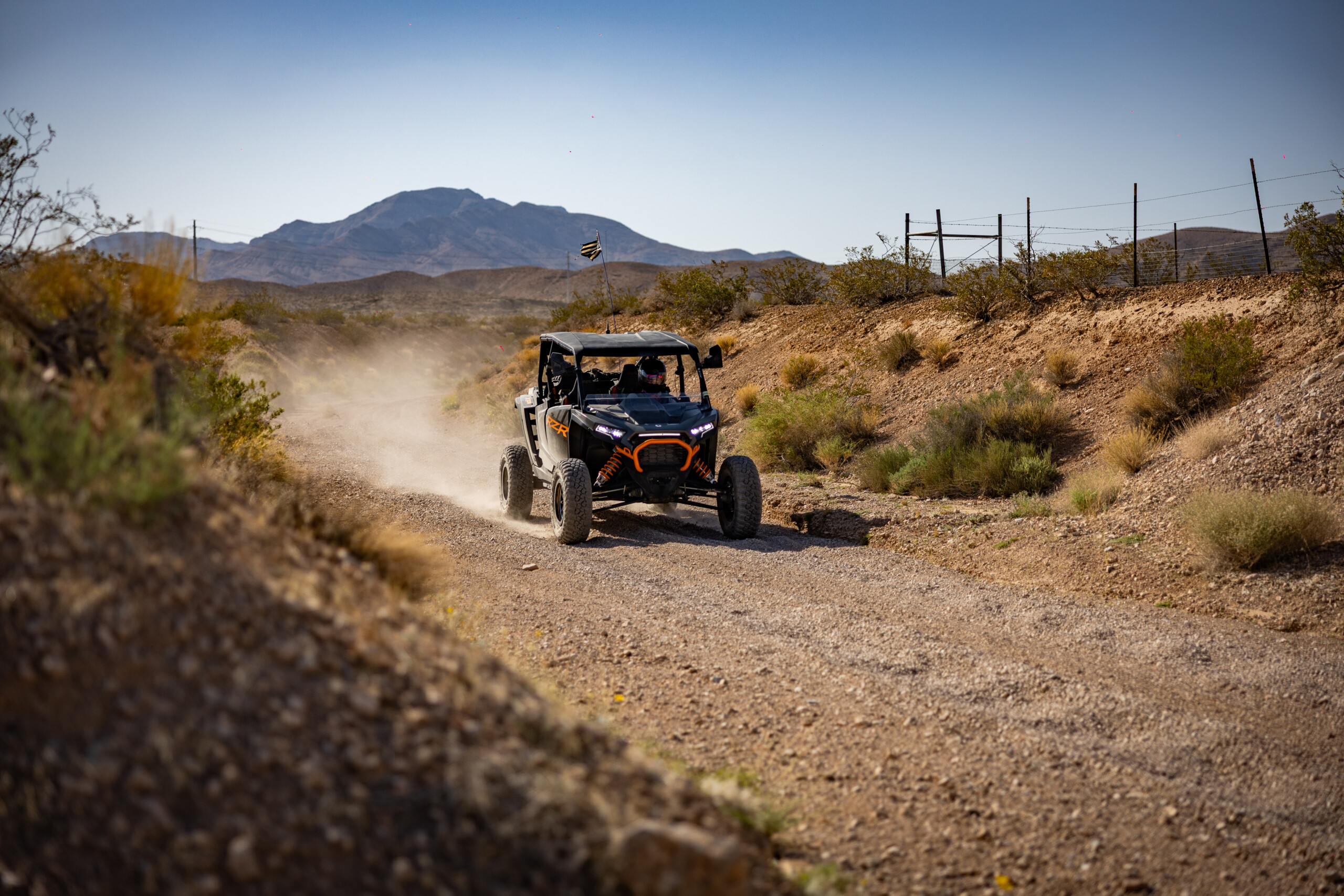Animal Tracks & Signs to Watch for on Desert Trails
Desert wildlife signs are all around us if we know where and how to look. From tiny footprints in the sand to scattered feathers and scratch marks on trees, the desert tells a quiet story of the animals that live in its harsh beauty. While most desert creatures avoid humans, they leave behind clues that show where they’ve been, what they’ve done, and sometimes even where they’re going.
Whether you’re hiking, off-roading, or exploring on foot, learning how to recognize animal tracks and signs adds a deeper connection to your desert adventure. For a beginner-friendly overview, check out this animal tracking guide from the National Wildlife Federation.
Why Learn to Spot Animal Tracks and Signs?
You don’t have to be a professional tracker to enjoy identifying the traces of wildlife. Spotting animal signs:
- Enhances your connection with nature
- Adds excitement and curiosity to your adventure
- Helps you understand local ecosystems
- Can improve safety by knowing what animals are nearby
The Mojave Desert, Sonoran Desert, and other arid regions are full of life. Many animals are nocturnal, so you may not see them directly, but signs of their presence are often left behind. Learn more about desert dwellers in this Wildlife Service article on desert survivors.
The Basics: What Are Animal Signs?
Animal signs can be broken down into two main types:
- Tracks: Footprints or paw prints left in sand, mud, or dust.
- Other Signs: This includes scat (droppings), feathers, nests, fur tufts, scratch marks, and feeding marks like chewed plants or dug-up roots.
Together, these clues tell the story of how animals move, eat, and behave in their environment.
How to Read Animal Tracks
Reading tracks takes observation and patience. Here are a few tips to help you get started:
- Look early or late: Tracks are easier to see when the sun is low. Shadows help bring out their shape.
- Check soft ground: Sand, dirt roads, and creek beds often hold the clearest impressions.
- Note the size and shape: Count toes, look for claw marks, and notice how deep the track is.
- Measure stride and spacing: This gives clues about the animal’s size and speed.
Not every mark will be perfect, so practice helps build your skills over time.
Common Desert Animal Tracks to Watch For
Here are some of the most common desert animals whose tracks you might come across:
1. Coyote
- Oval paw prints, about 2.5 inches long
- Usually shows claw marks
- Walks in a straight line
2. Jackrabbit
- Long hind feet and short front prints
- Often shows a “Y” pattern from bounding
- Seen near bushes and open trails
3. Kangaroo Rat
- Tiny prints with long tail drag in the middle
- Hops in pairs, so tracks often appear as twin dots
4. Desert Tortoise
- Round, wide prints with distinct toe marks
- May be seen near burrow entrances
5. Bobcat
- Rounder than coyote tracks
- No visible claw marks
- Often found near rocky areas or washes
Other Desert Wildlife Signs to Look For
Not all animal evidence comes in the form of tracks. There are many desert wildlife signs that go unnoticed unless you’re paying attention.
Here are a few to keep in mind:
Scat (Droppings)
Different animals leave distinct droppings. Coyote scat may contain fur or bone, while rabbit droppings are small and round. Scat can help confirm what species are nearby and even what they’ve been eating.
Feather Clumps
Feathers lying in a circle or pile may suggest a bird was preyed upon. Hawks, owls, and even snakes will leave behind this kind of evidence after a meal.
Scratch and Rub Marks
Look at tree trunks, cactus bases, or large rocks. Bobcats and other predators mark territory by scratching. These signs can last longer than tracks and are easier to find in some areas.
Burrows and Dens
Burrows in the ground with freshly moved dirt might be home to tortoises, snakes, or rodents. Large, hollowed-out spots under rocks can be signs of a bobcat or fox den.
Gnaw and Chew Marks
Rodents often leave small chew marks on plants or wood. Look for clean, clipped stems or gnawed cactus pads.
Safety Tips When Observing Animal Signs
While spotting animal signs is fun and educational, it’s important to stay safe and respectful:
- Don’t disturb nests or burrows
- Never touch scat or fur without gloves
- Keep a safe distance if you see a fresh track or sign of a large predator
- Watch where you step, especially near rocks and bushes
Respecting the animals’ space allows you to enjoy the thrill of tracking without causing harm.
The Value of Guided Tours for Wildlife Tracking
If you’re new to tracking or just want to see more without the guesswork, joining a guided off-road tour can be a great choice. A good guide knows where to look, how to interpret tracks, and which areas are active during different times of the year.
Guided desert tours often visit prime locations for spotting desert wildlife signs, giving you a better chance to see a wider range of species and learn their behavior in real-time.
You’ll also benefit from their knowledge of terrain, safety, and local conservation efforts.
Gear to Bring for Wildlife Tracking
Being prepared makes tracking easier and more enjoyable. Here are a few helpful items:
- Binoculars: Useful for spotting distant birds or mammals
- Field Notebook: To record what you find
- Tracking Field Guide: Many regional books exist specifically for desert animals
- Camera or Phone: For photos of tracks or signs
- Measuring Tape or Ruler: For noting track size
- Water and Snacks: Always stay hydrated in desert environments
Even if you’re not planning a full tracking session, keeping some of this gear handy adds a new dimension to your desert hikes.
Final Thoughts
Recognizing desert wildlife signs turns a regular trail walk into a journey of discovery. The desert may seem quiet, but it’s full of hidden stories told through footprints, feathers, and burrows. Learning to spot and understand these signs brings you closer to the natural world and makes every desert outing more meaningful.
Next time you head out on a trail, take a slower step, look closely at the ground, and see what the desert is trying to tell you. The more you look, the more you’ll find.
Whether you’re hiking alone or riding with a guide, keep your eyes open—there’s always more life in the desert than meets the eye.

